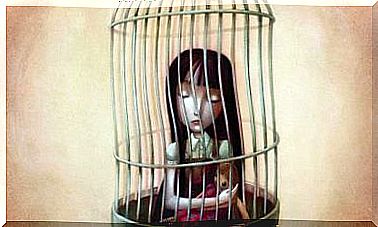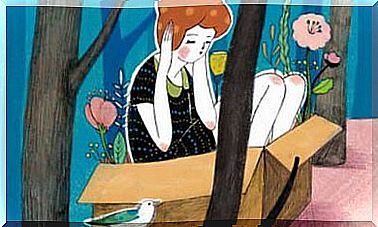The Evolution Of Love In The Couple

According to anthropologist Helen Fisher, people are born to love . Whether more or less correctly, that intense feeling, while complex, is also the source of our existence, of creativity and also of many of our concerns. Therefore, knowing the evolution of love in the couple will also allow us to delve into the essence of ourselves.
If we were to say right now that “love is everything,” many would take this statement with some skepticism. As a culture, we tend to be (on average) somewhat cynical with that idea, however, from a biological and even anthropological point of view, that feeling, that revolutionary vital impulse has allowed us to establish ourselves as a species. Because love not only facilitates the consolidation of a couple or the appearance of children.
Affection shapes cooperation, allows us to become involved in the care and care of another person. Love encourages us to reduce anxiety and stress, quenches fears, and even awakens our creative side. Therefore, understanding its changes, delving into the evolution of love in the couple will allow us to see how each stage, each phase in our relationship also contains its benefit, its function, its significance …
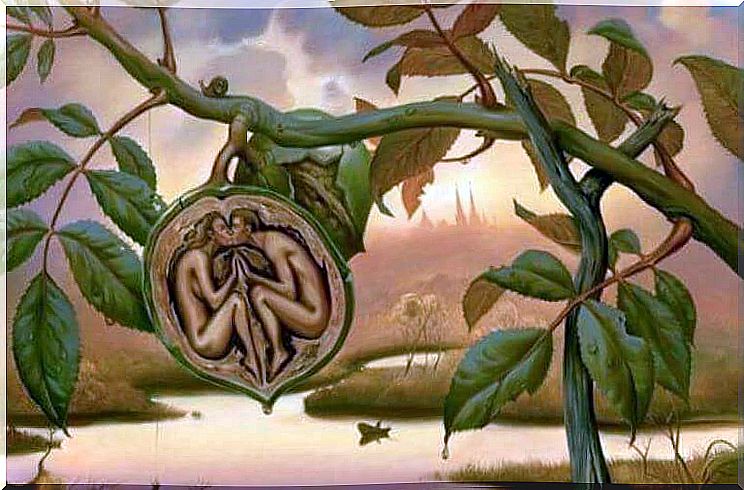
Evolution of love in the couple, a variable but solid material
Gerald Hüther, neurobiologist and professor of neurobiology at the University of Göttingen in Germany, offers us some interesting reformulations on the evolution of the human being. According to him, up to now science has always emphasized the aspect of natural selection, and the principle of survival based on the strongest individual. Now, for Dr. Hüther, what has really allowed us to advance as a species is nothing more than that delicate but incredibly solid glue that is love.
However, if there is something that most of us know, it is that this material, unobservable under the lens of a microscope, does not always last or remain in the same shape or state. Obstacles, disappointments, challenges appear. For Gerald Hüther, as well as for the anthropologist Helen Fisher, nothing can be more important than understanding the evolution of love in the couple. If we understood the characteristics of each stage, surely we would be more prepared for those ups and downs that usually occur at all times. Let’s see them.
The limerence
This stage is the one that we usually like the most. Falling in love is that prelude full of mysteries, fantasies and various discoveries where that explosive cocktail loaded with dopamine, serotonin, oxytocin, norepinephrine. .. Everything is particularly intense at this stage, emotions are overwhelming and nothing can be more significant for our brain than that desired person.
Thus, as the well-known psychologist John Gottman reminds us, in his book Principa Amoris: The New Science of Love, this first phase of falling in love defines what we know as “limerence” a state of absolute grace marked by euphoria, illusion overwhelmed …
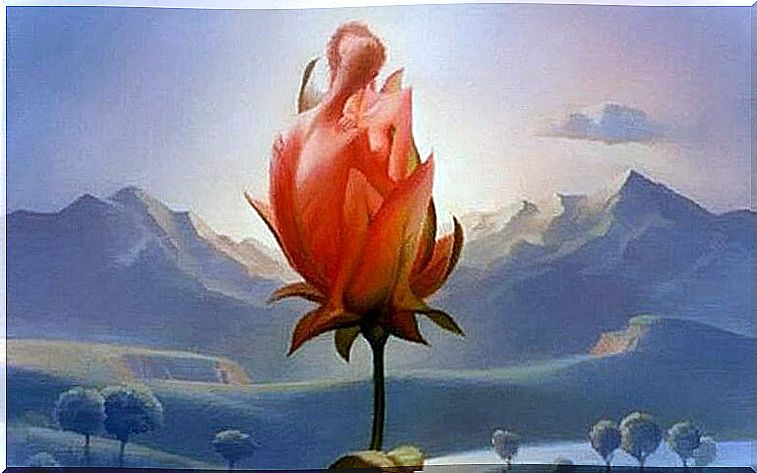
Romantic love or bonding
After that crush that has taken our calm to lead us to a chemical drift full of passion and fascination, another stage arrives. Another phase in the evolution of love in the couple where some doubts arise. Does what we have started mean the same to you as it does to me? Are you going to be with me at all times? Can I count on your trust?
- These types of questions are what give us the entrance to that new phase: romantic love. The passion is maintained, but now fears, worries and above all, the desire for transcendence, of connection with the loved one arise. It is of course, one of the most beautiful phases in a relationship, the one where a more authentic journey begins, where the obsession with limerence gives way to an authentic sense of trust.
- On the other hand, it is more than common for some problems to arise at this stage of romantic love. We want to strengthen our ties, and for this reason, we are obliged to get to know each other better, to negotiate, to resolve discrepancies, to be that dance partner where each one must control their steps without dragging the other, where empathy, reciprocity, careful, tolerance …
If we solve these steps effectively and intelligently, we will gain maturity for the following phases.
Mature love, the bond of loyalty
There is no sure estimate of how long romantic love lasts. There are those who establish that on average they are between 4 or 5 years. However, Helen Fisher tells us in an article that between 30 and 40% of older couples affirm that they continue to live in this stage. That the romanticism does not fade, that this illusion persists and guarantees a very satisfactory bond.
However, John Gottman stresses the importance of working to consolidate a mature love. It is about being able to build a firm commitment, to see the other as the best teammate, to value the other person more deeply by practicing a tenderness and an attentive and understanding emotional bond that enriches both parties equally.
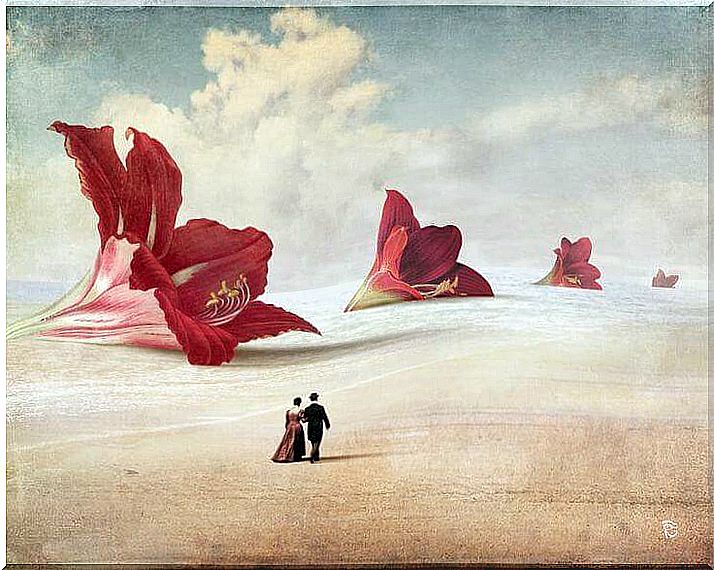
To conclude, if there is something that is clear to us in the evolution of love in the couple, it is that it is not time that makes these phases come to our lives. Love and its changes are not normative. To achieve stability and that committed, loyal and enriching happiness, you need work. It takes that intuitive and attentive craftsmanship where to file corners, where to be hinges, to be breath, the gaze that understands, the ear that listens and the heart that knows how to understand, yield and welcome …
It is a complex journey, there is no doubt, but love is an adventure that will always be worth the joy, not the pain.
Images courtesy Vladimir Kush
